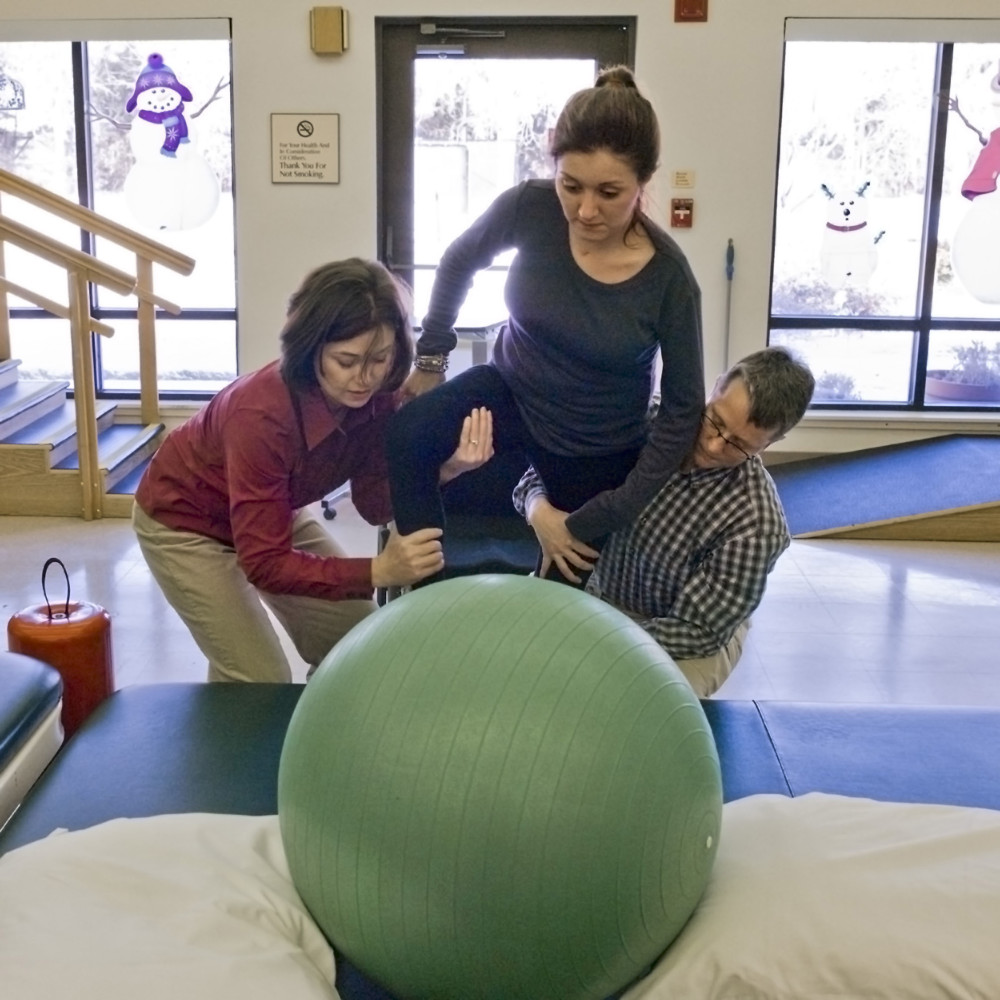By Melissa Healy
Los Angeles Times.
Long before a woman hits middle age, she and her doctor should be thinking about her risk of stroke and taking steps to reduce it, according to the first set of stroke guidelines aimed at women.
The overall stroke risk for women is higher than it is for men, in part because women live longer. But the new guidelines from the American Heart Assn. underscore that many other factors may increase their risk as well, and many of them are evident when a woman is in her 20s and 30s.
Some, like complications of pregnancy and menopause, are unique to women. Other risk factors — including obesity, migraine with aura, atrial fibrillation and depression — are more common in women than in men. Even risk factors that affect men and women equally, such as high blood pressure, smoking, diabetes and worrisome cholesterol readings, sometimes require different treatment in women.
Current measures of a woman’s stroke risk do not even consider her vulnerability before the age of 54, said Dr. Cheryl Bushnell, a neurologist at Wake Forest Baptist Health in Winston-Salem, N.C., and the lead author of the guidelines released Thursday. But since some risk factors occur when women are of childbearing age, “prevention strategies should start as early as that,” she said.
The new guidelines put forward a wide range of recommendations, including treating high blood pressure more aggressively in pregnant women; screening women for hypertension before they start taking birth control pills; and prescribing aspirin or other anti-platelet medications to women under 65 who have the irregular heart rhythms known as atrial fibrillation.
Women who have migraines with the visual and other sensory disturbances known as aura should be warned against smoking and consider medications to reduce the frequency of the episodes.
Some of the new guidelines’ recommendations are already widely observed by obstetricians and gynecologists and among specialists who treat stroke. But experts hope they will help primary care physicians and their patients focus on practices that can reduce strokes in women.
“This is a consolidated reference,” said Dr. Jennifer Frontera, a neurologist and stroke specialist at the Cleveland Clinic in Ohio who was not involved in drafting the new guidelines. “It’s nice to have it all in one spot.”
Every year, about 795,000 strokes occur in the United States, and roughly 53% of them are in women. Of the 128,842 stroke-related deaths that occurred in 2009 in the United States, 60% of the victims were female.
Part of women’s outsized stroke risk is a simple matter of demographics: Women live longer than men, and are therefore more likely to make it to an age at which strokes become more common.
But risk factors arise long before that, and many can crop up during pregnancy. For instance, pregnant women who develop hypertension or preeclampsia are anywhere from two to 10 times more likely to develop chronic hypertension — a major risk factor for later stroke.
Treating high blood pressure during pregnancy can be tricky, since virtually all hypertension medications cross the placenta and reach a developing fetus. But the guidelines note that several drugs appear safe for a developing fetus, including methyldopa, labetalol and nifedipine.
However, the guideline-writing panel suggested that “current thresholds for treatment may not be sufficiently stringent” to ward off strokes in women during and after pregnancy.
Finally, hypertension is one of stroke’s most powerfully documented forerunners — and one that is readily treated in most women.
The Women’s Health Initiative study found that in women over 63, those classified as having pre-hypertension were nearly twice as likely as those with normal blood pressure to suffer an ischemic stroke — when a blood vessel supplying the brain is blocked.
The good news is that treating high blood pressure in women dramatically reduces strokes.
A recent analysis found that among women over 55, treating those with hypertension decreased the incidence of stroke by 38% and heart attacks by 25%.
Other studies have found even more dramatic reductions in strokes when treating hypertension in African American women and women ages 30 to 54.
Noting that research has left many unanswered questions about women and stroke, the new guidelines urge greater representation of women in studies of stroke treatment and prevention.














































































































































































































































































































































































